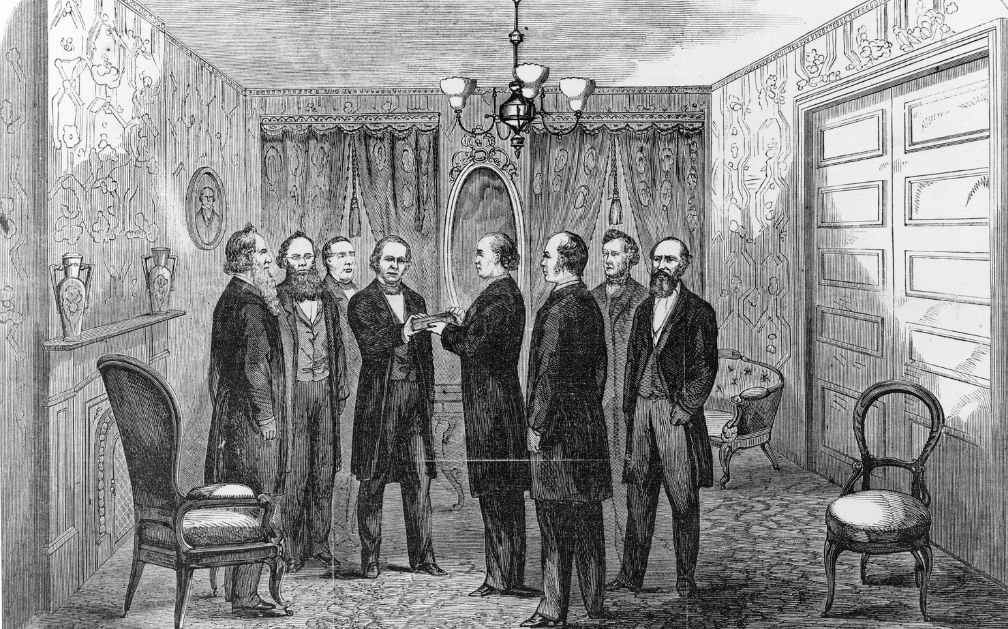If you’re a risk taker interested in not only protecting your family’s lifestyle if they lose your income but also want to build on that income and enjoy it while you’re still alive, there’s a way to do both. You do it through a Variable Universal Life Insurance policy, aka a VUL.
What Is Variable Universal Life Insurance?
It’s a type of Universal Life Insurance that offers the benefits you’d find in a Whole Life policy with the flexibility a Universal Life Insurance policy offers.
Whole Life Benefits + Universal Life Flexibility + Choice = Variable Life
Whole Life Insurance provides lifetime coverage and built-in savings by building cash value off the interest from the insurance company’s investments. You make regularly scheduled payments at a locked-in rate and the company invests what you put into your policy however they wish.
They control how it’s invested. But because they’re assuming the risk, your cash value growth is guaranteed.
Universal Life Insurance also provides lifetime coverage and builds cash value. But it also offers adjustable premiums so you decide how you’ll pay your premiums and death benefits.
However, with more control comes more risk. While the insurance company still decides how to invest your cash value, you assume the performance risk.
This means you need to monitor your payments. If you lapse, you lose your death benefit and may owe more premiums to cover the administrative costs the insurance company depends on your premium to cover.
Variable Universal Life Insurance does all of the above but allows you to control how you invest your cash value. It’s riskier than the other two but builds wealth quicker than they do.
How Variable Universal Life Insurance Works
A Variable Life policy works a lot like a mutual fund. You have an array of investment choices in which to invest your cash value. You have your choice of stocks and bonds, ETFs, mutual funds, and a money market option.
However, your premium is handled differently. Part of your premium goes into a subaccount from which you manage your investments. One premium pays for your life insurance policy to protect your family, the other is invested into this subaccount to build wealth faster.
Your Variable Life account is tax-deferred and you can make tax-free withdrawals from it.
But remember, because you’re in the driver’s seat you assume all the risk. If the market underperforms, you miss a payment or you don’t pay back what you borrowed from the policy, you decrease or lose your death benefit altogether and may end up paying the insurance company to cover not only your policy’s administrative fees but also your subaccount’s management fees on top of that.
VUL requires more oversight than Universal. It depends on a variable market. It isn’t for everyone. It’s expensive and it’s risky. But if you’re willing to take on the risks, there’s a good chance you’ll reap some very lucrative benefits.














